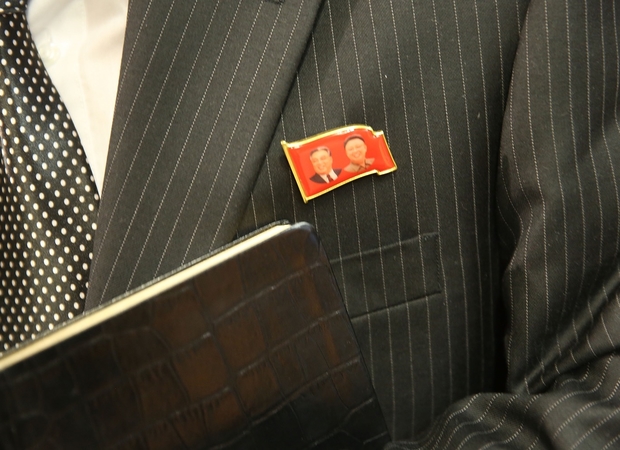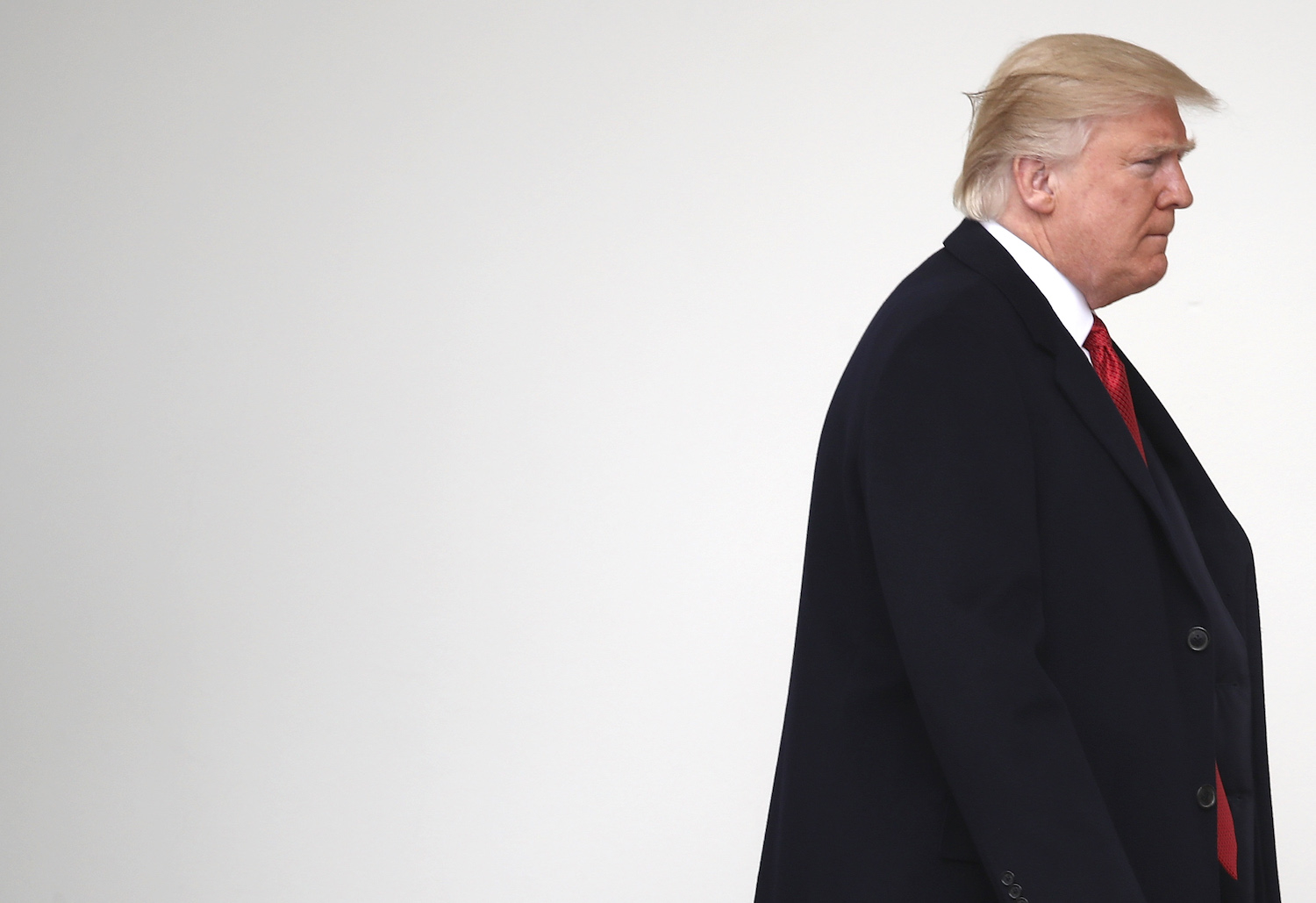While President Trump appoints new officials to his administration and reviews policy frameworks, Asia-Pacific leaders are moving ahead. Since taking office, Trump has grappled with consequential developments in the region, ranging from North Korea’s ballistic missile tests to the removal of South Korea’s Park Geun-hye. In part one of this two-part podcast, Paul Haenle discusses the future of U.S. strategy in the Asia-Pacific under the Trump administration with Dr. Michael Green, Senior Vice President for Asia and Japan Chair at the Center for Strategic and International Studies, Georgetown University professor, and former Senior Director for Asia on the White House National Security Council.
Before taking office, President Trump threatened to dismantle two key pillars of U.S. policy in Asia, according to Green: the U.S. commitment to its regional alliance system and the foundation of its relations with China. But ultimately Trump was bluffing, Green argued. He quickly backpedaled from his threats once in office, re-affirming the U.S. “one China” policy in a phone call with President Xi Jinping and hosting Japanese Prime Minister Shinzo Abe in Mar-a-Lago. Green expressed optimism that the U.S.-China relationship had not been thrown off course, and that Trump and Xi would be able to develop a constructive relationship. Still, Green said it was unlikely that the United States would embrace China’s “new type of great-power relations” model, and instead seek to make concrete progress in areas of common interests.
China in the World Podcast
03.29.17




